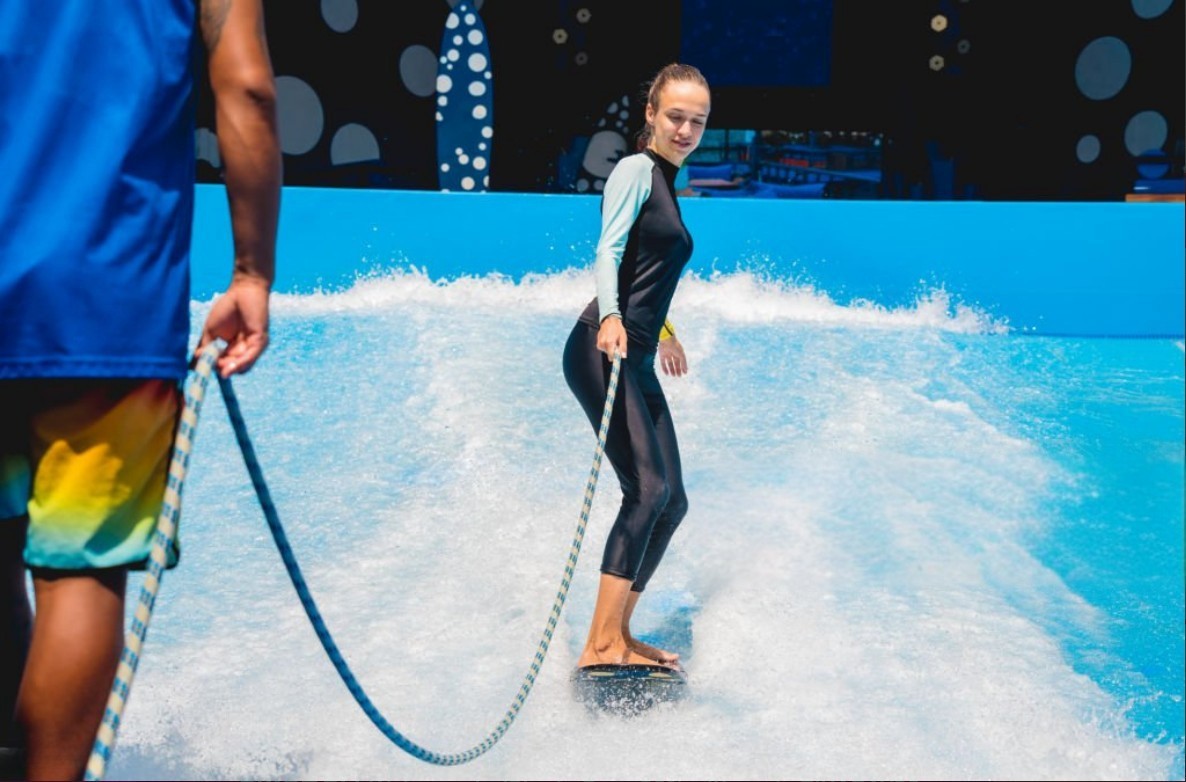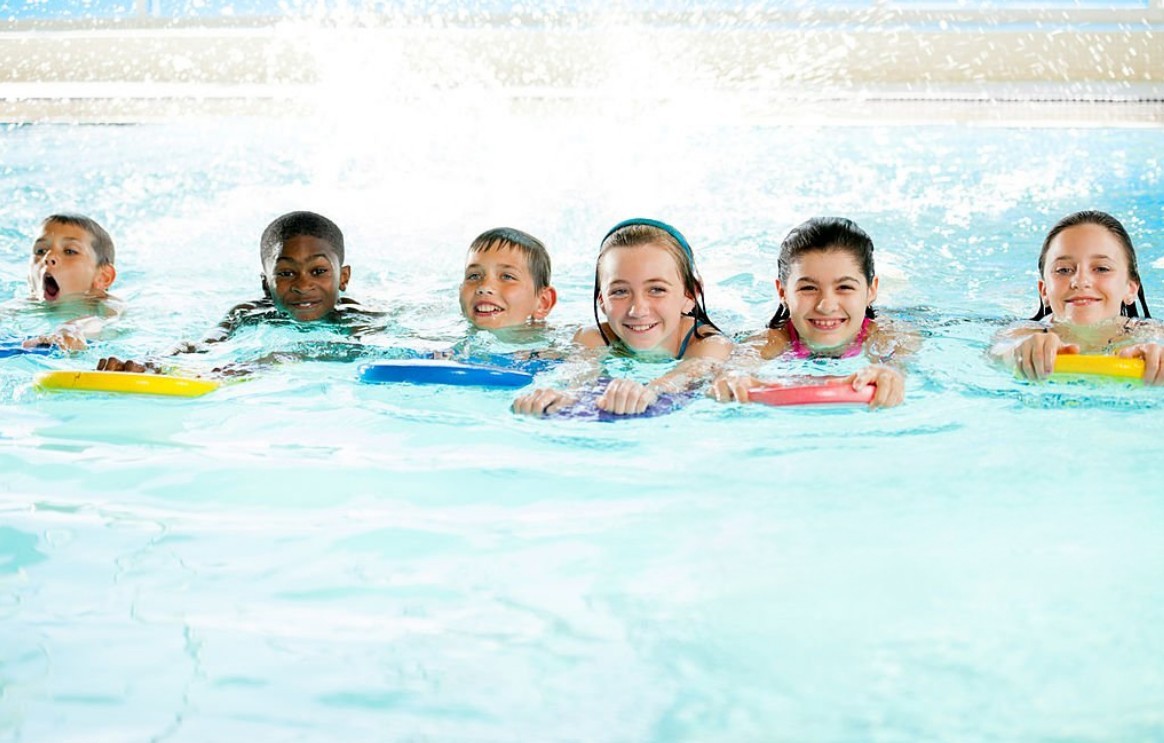Session Formats and Surf Conditions
Indoor wave facilities use a variety of session formats to match different experience levels and group sizes. Many systems support individual and shared riding zones, allowing both solo riders and small groups to enjoy the wave at the same time. These formats often include short rides for quick practice or longer sessions for skill development.
Riders typically use either a bodyboard or a flowboard. The choice depends on the rider’s height, comfort level, and experience. Beginners often start with a bodyboard since it offers more stability and control. More advanced users may prefer a flowboard to practice tricks and carving. In many settings, instructors demonstrate basic skills before participants enter the wave.
The layout of the wave system offers flexibility. Some setups allow a divider to split the wave in half, creating two separate riding areas. This option works well for smaller groups or learning-focused sessions. In contrast, leaving the wave open lets riders move across the full width of the surface, which is ideal for advanced techniques and group riding.
Readiness, Safety, and Progression
To support a safe environment, most facilities set minimum height requirements. Riders must typically be at least 42 inches tall for bodyboarding and 52 inches for flowboarding. These guidelines help ensure that riders can handle the speed and power of the water.
Padded surfaces, smooth transitions, and controlled water flow contribute to injury prevention. Many participants return for multiple sessions, gradually building confidence and skill. As they improve, they begin to perform spins, turns, and balance-based movements.
Indoor wave systems continue to grow in popularity because they offer a consistent, weatherproof space for board sports. Whether for fun or focused practice, they provide a safe, engaging way to experience wave riding all year long.



